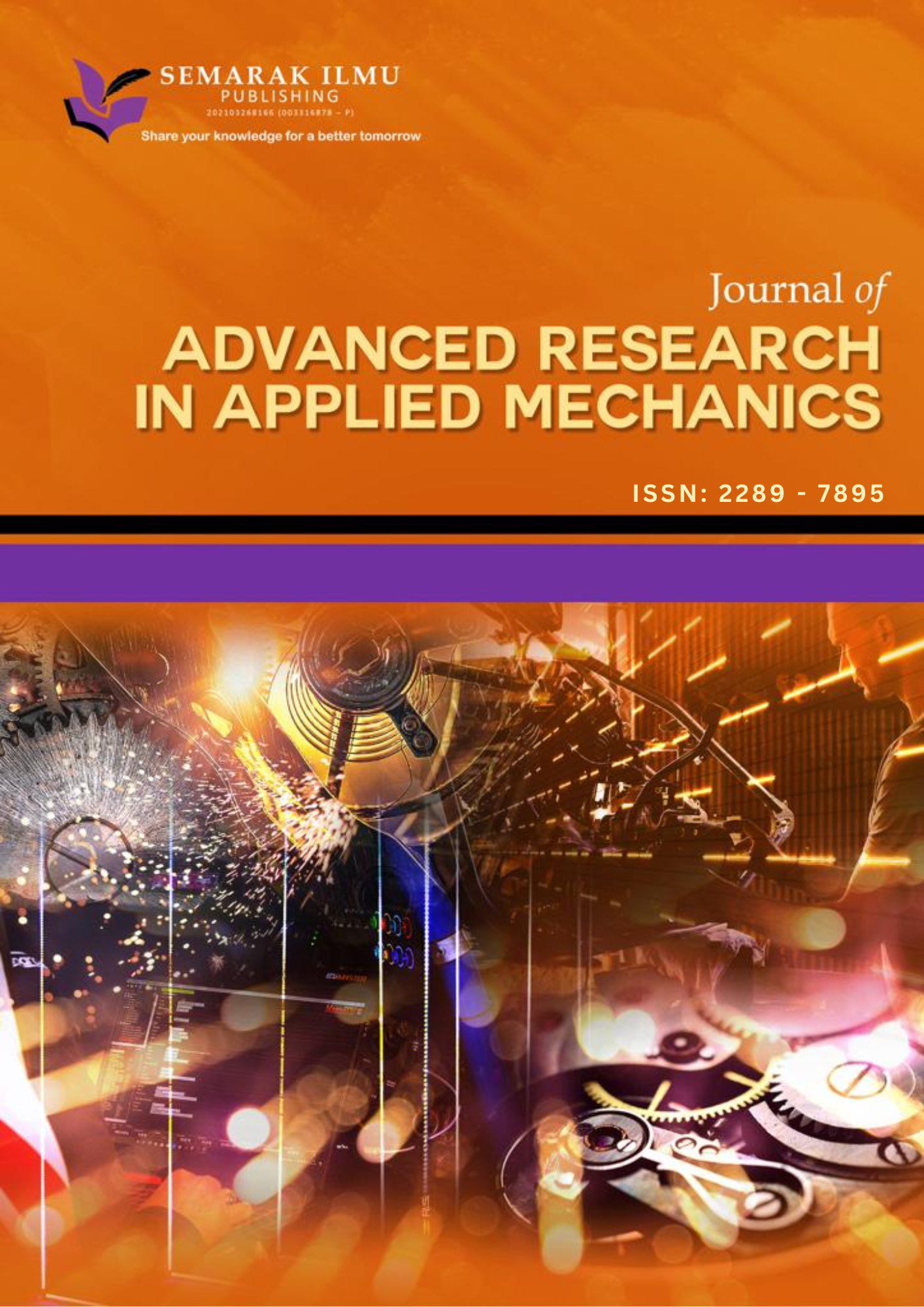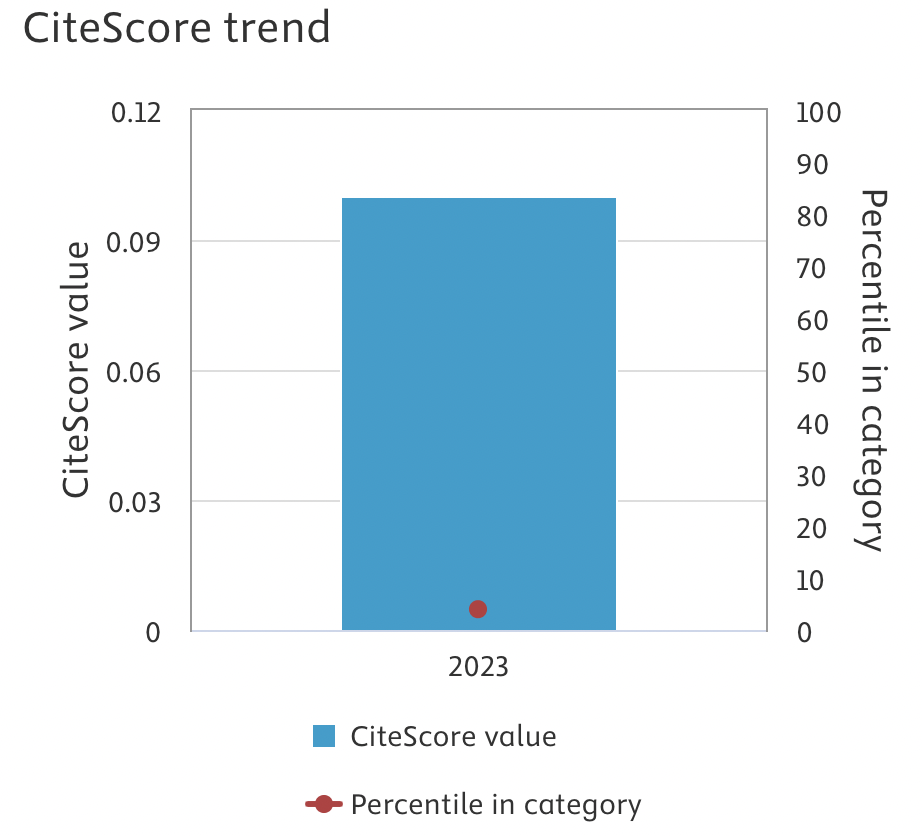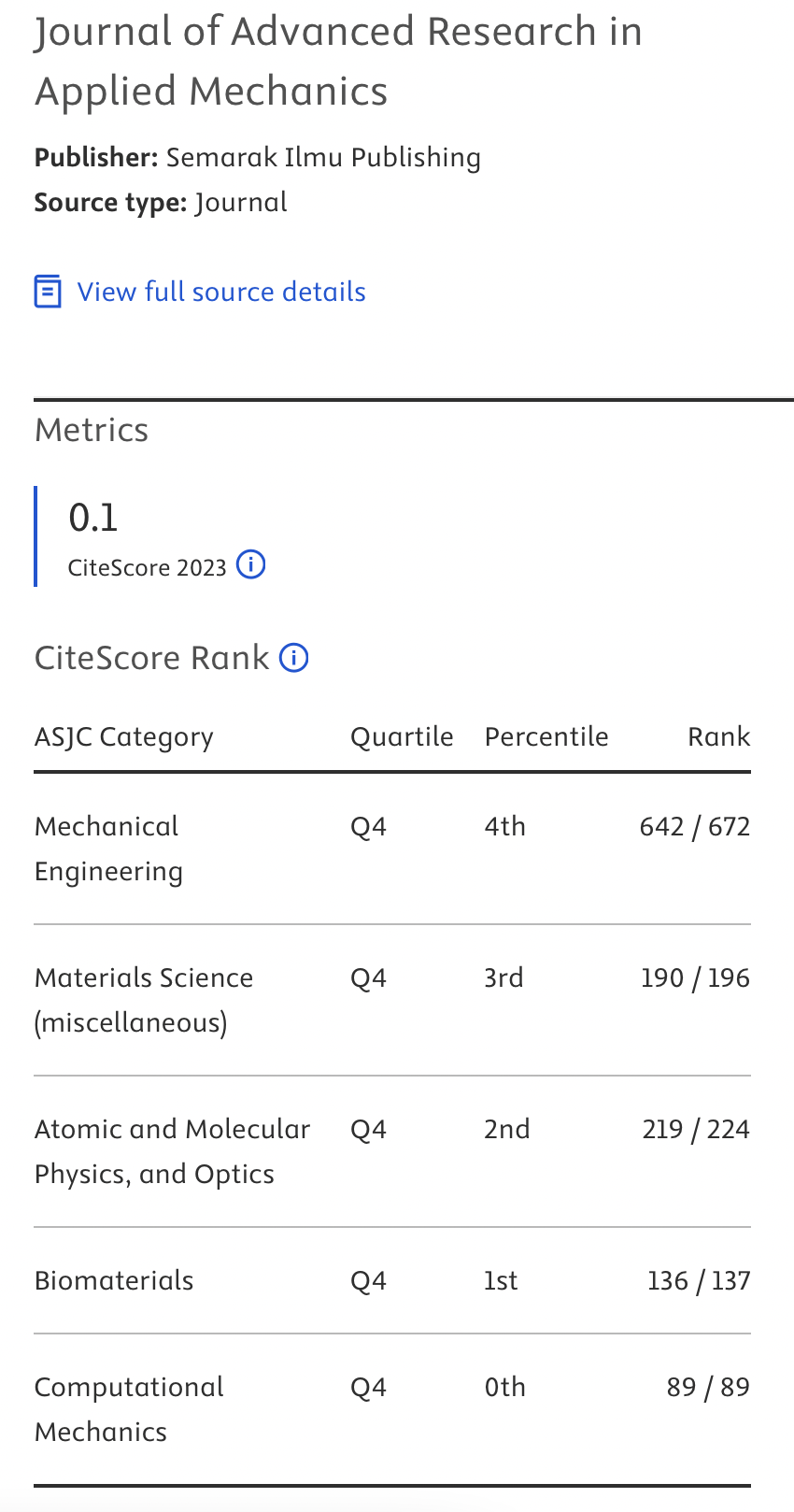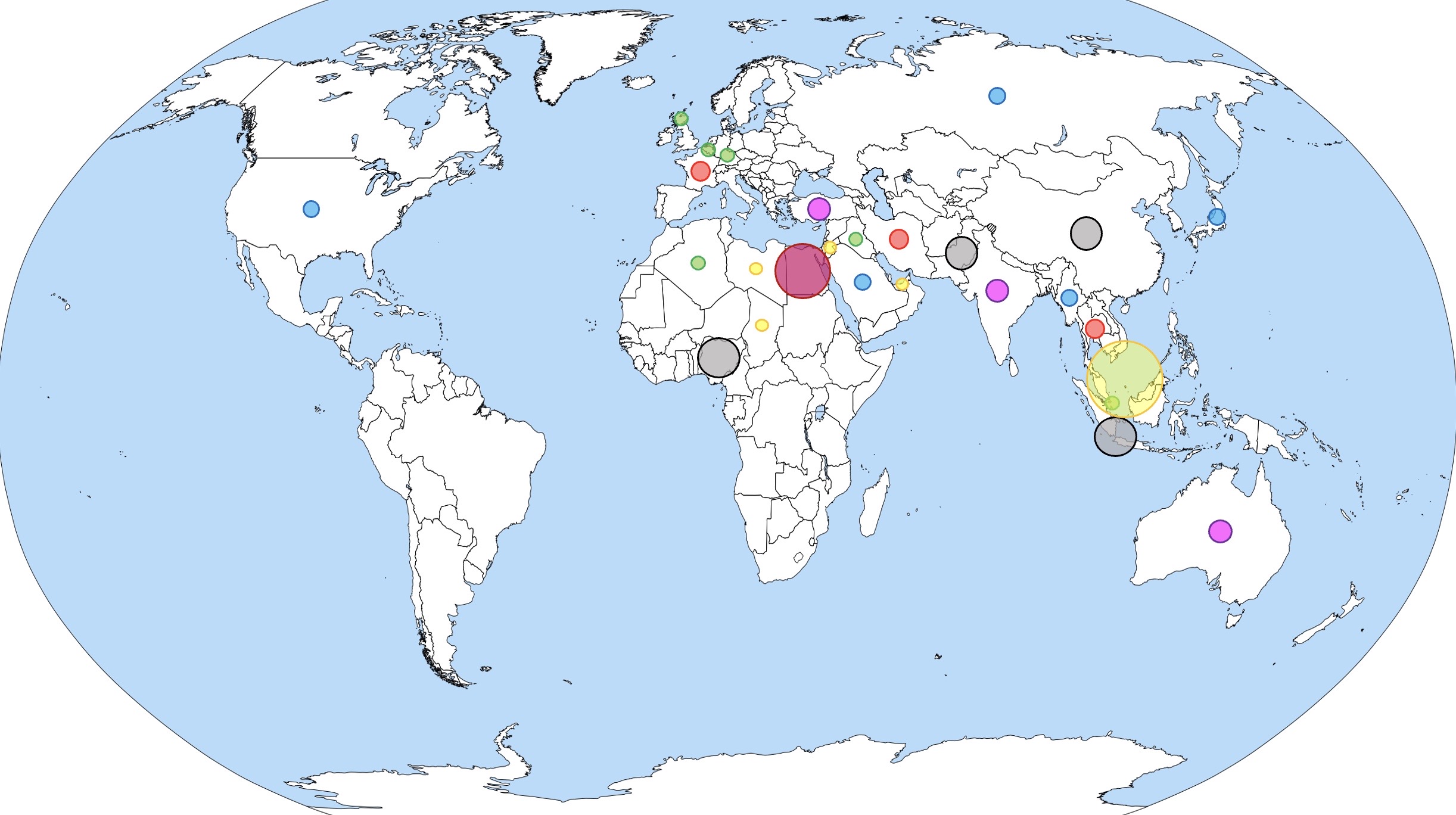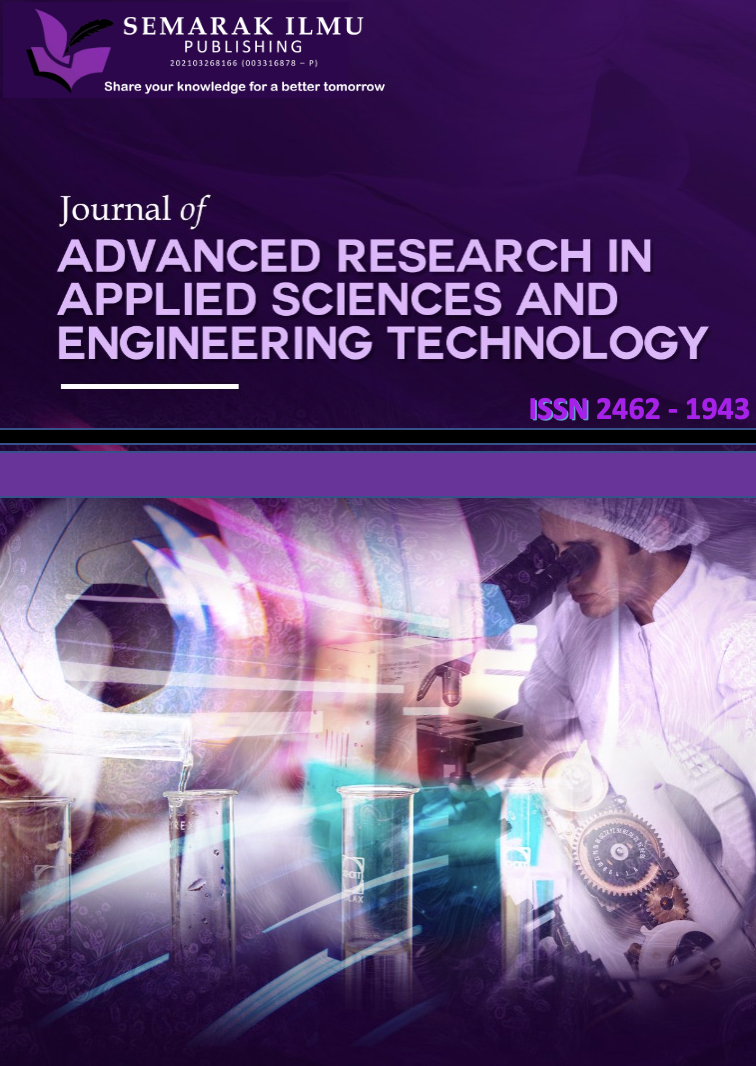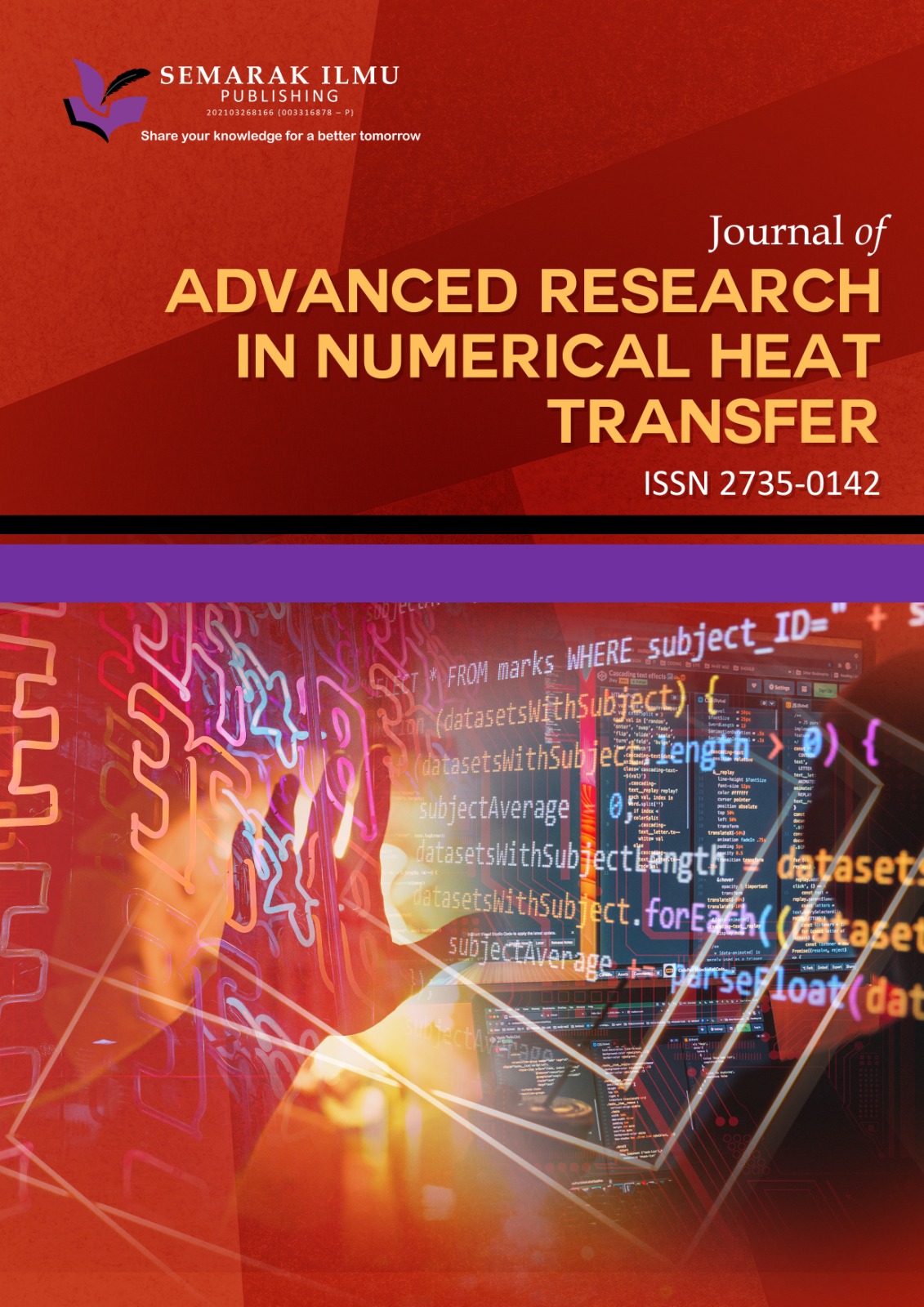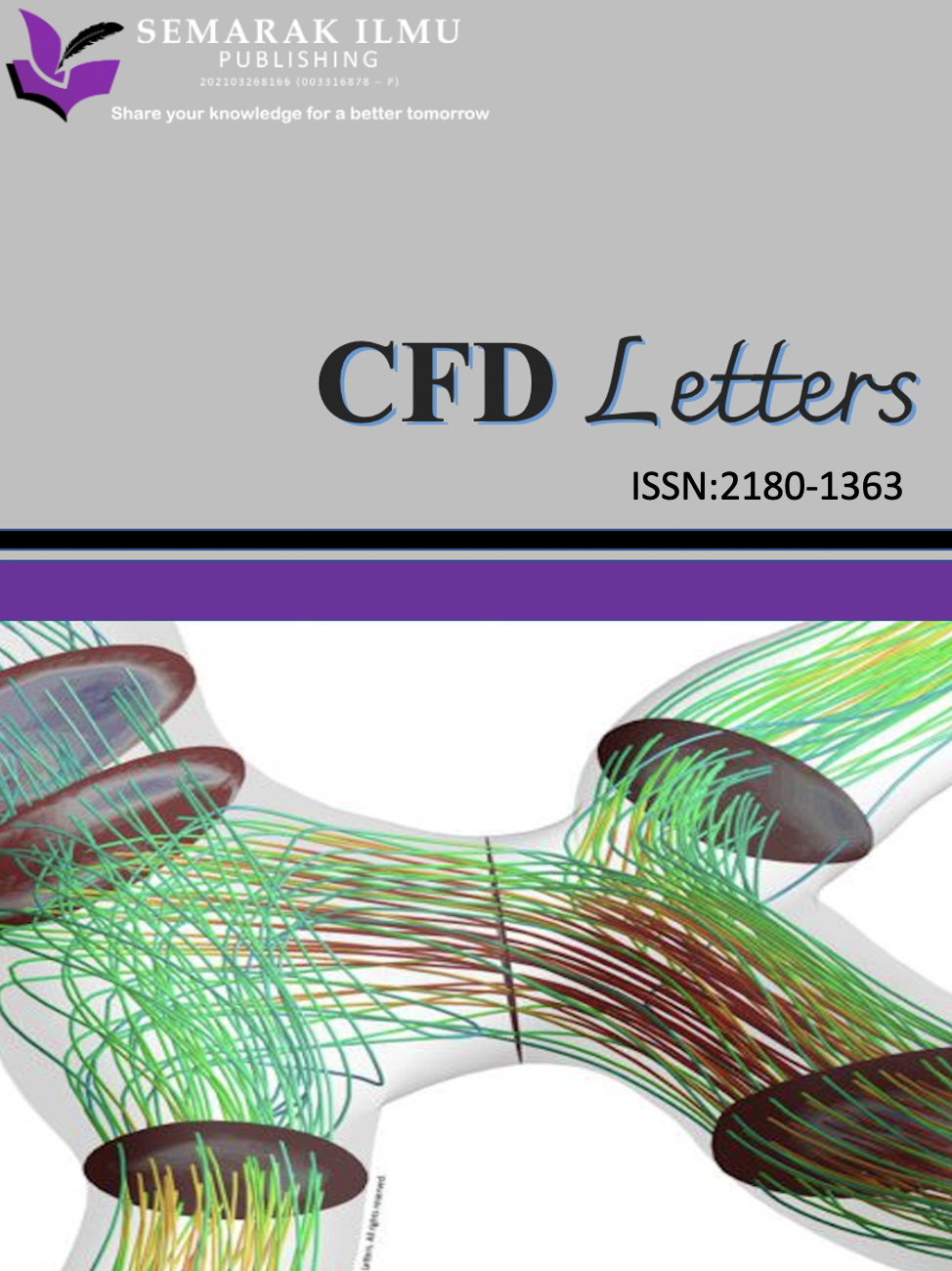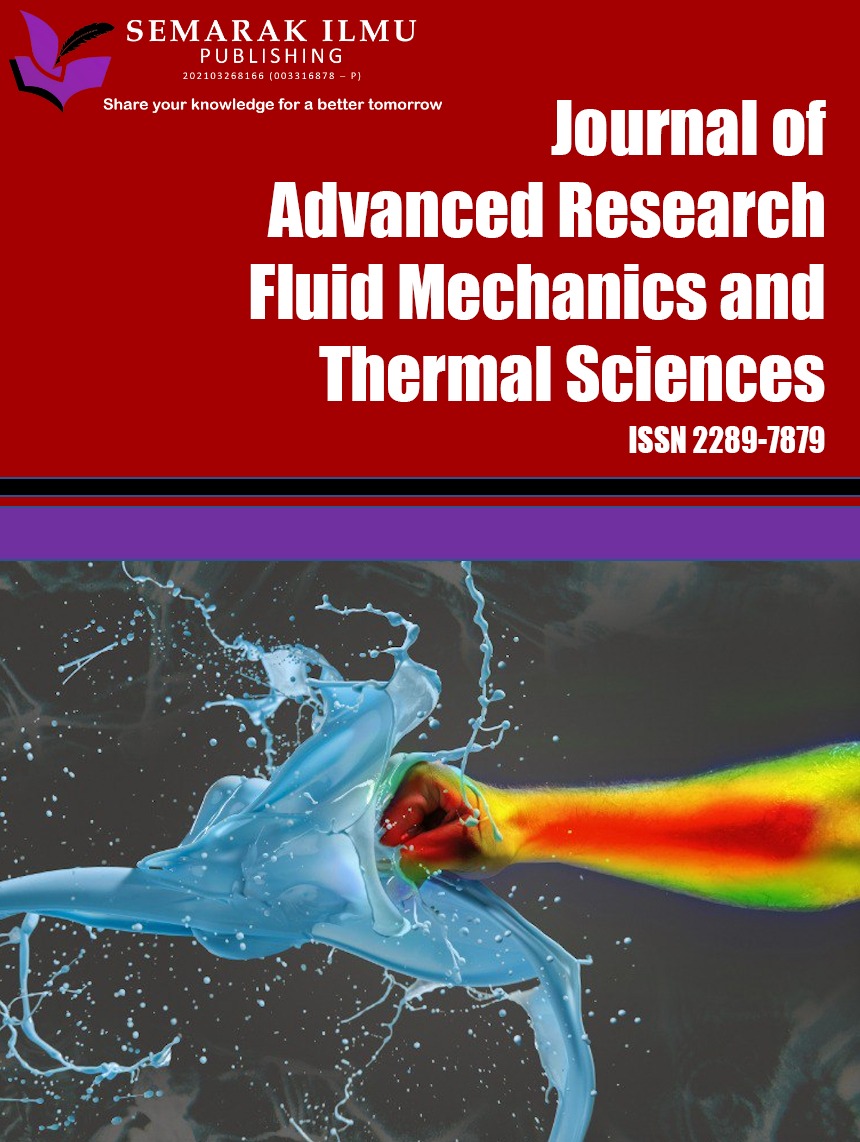Mechanical Properties of Sustainable Bamboo Fibre and rHDPE Composites Exposed to Water Immersion
DOI:
https://doi.org/10.37934/aram.131.1.111Keywords:
Recycle HDPE, Bamboo Fibre, Composite, Mechanical Properties, Immersion WeatheringAbstract
The use of bamboo fibres as a reinforcement in polymer composites has gained significant attention due to their sustainability and renewable characteristics. However, the long-term performance of these composites under tropical weather exposure, such as immersion weathering, remains a crucial area of research. The present study involved the preparation of rHDPE composites with different percentage of bamboo fibres were prepared and subjected to accelerated immersion weathering to simulate outdoor conditions. The tensile strength of composites was evaluated at different time intervals during the weathering process. The results demonstrate that immersion weathering significantly influences the mechanical properties of the rHDPE composites reinforced with bamboo fibres. Tensile strengths of the composites showed a reduction with increasing exposure time. This reduction was more pronounced in composites with higher bamboo fibre content, suggesting a synergistic effect between the composite composition and weathering conditions. Understanding the degradation mechanisms and the complex interaction between composite composition and weathering exposure is essential for optimizing the design and application of these eco-friendly materials in outdoor environments. Further research in this field is needed to develop strategies to enhance the weathering resistance of such composites and expand their potential applications in areas such as construction, automotive, and outdoor furniture, where durability and environmental sustainability are of paramount importance.
Downloads


